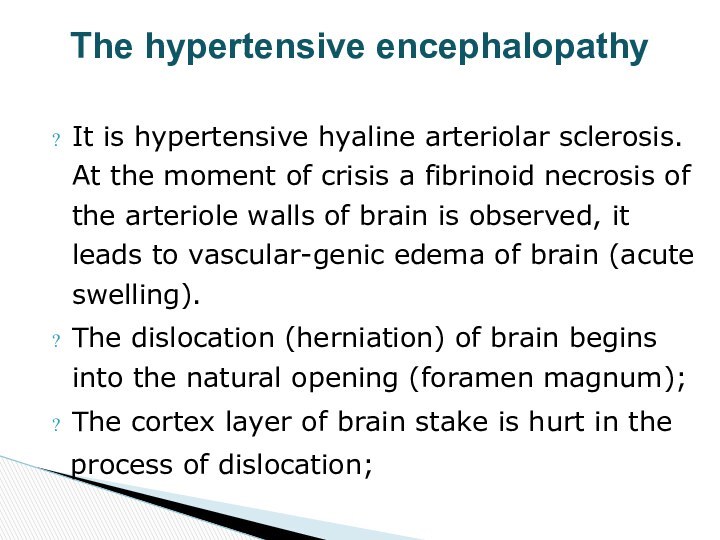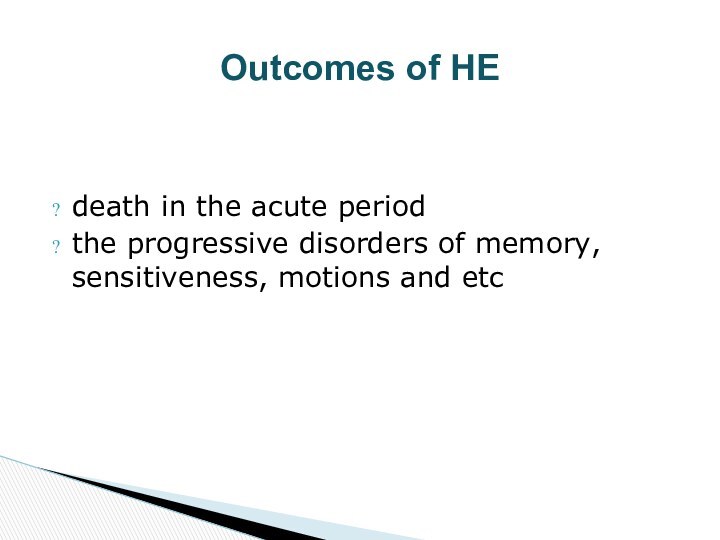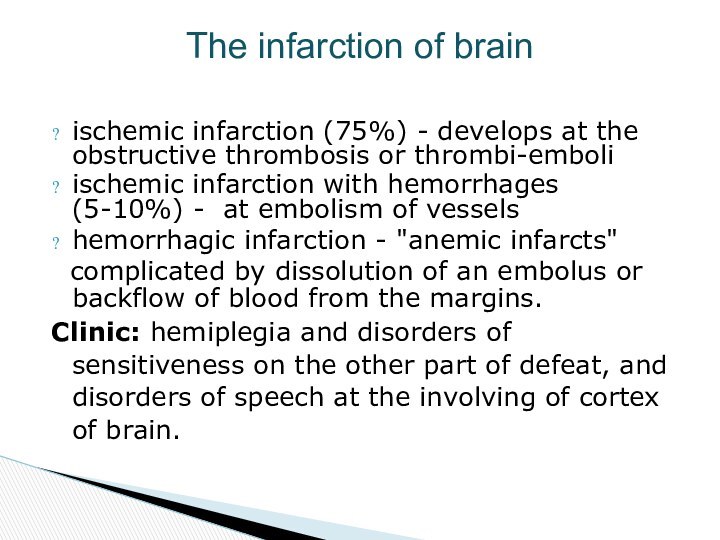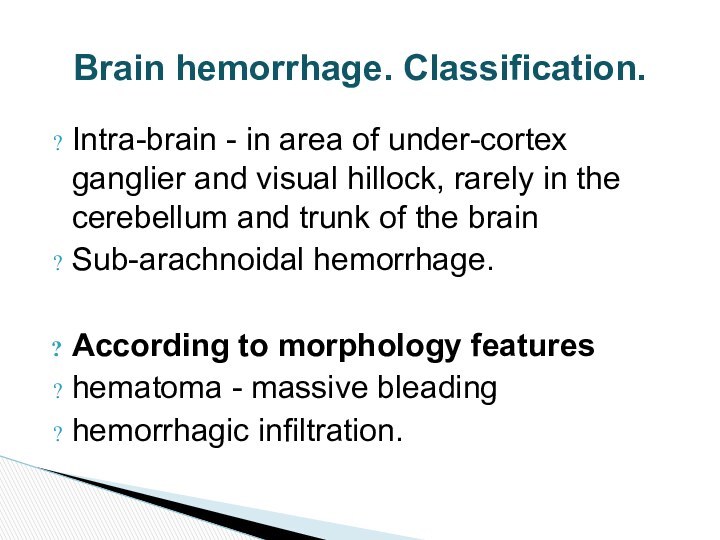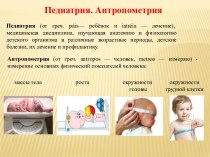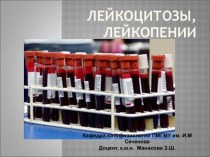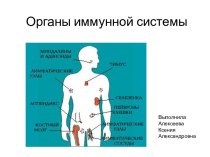with the critical narrowing of heart or brain vessels
at the patients with hypertension diseaseCVD - it is a cerebral variant of atherosclerosis
IHD - this is a cardiac variant of atherosclerosis
Common pathological changes of vessels at CVD and IHD







